At TEAC, we offer top-notch CCTV surveillance solutions designed to enhance security across various sectors. Our systems are customizable, providing comprehensive coverage with high-definition cameras and advanced monitoring tools.
Providing reliable CCTV and security solutions for your peace of mind.
At TEAC, we offer top-notch CCTV surveillance solutions designed to enhance security across various sectors. Our systems are customizable, providing comprehensive coverage with high-definition cameras and advanced monitoring tools.
We specialize in installing and maintaining CCTV systems, ensuring constant protection for homes, businesses, and public spaces.
With our expert team, we prioritize reliability, scalability, and efficiency. Our solutions cater to unique security needs, offering peace of mind through cutting-edge technology and continuous support.
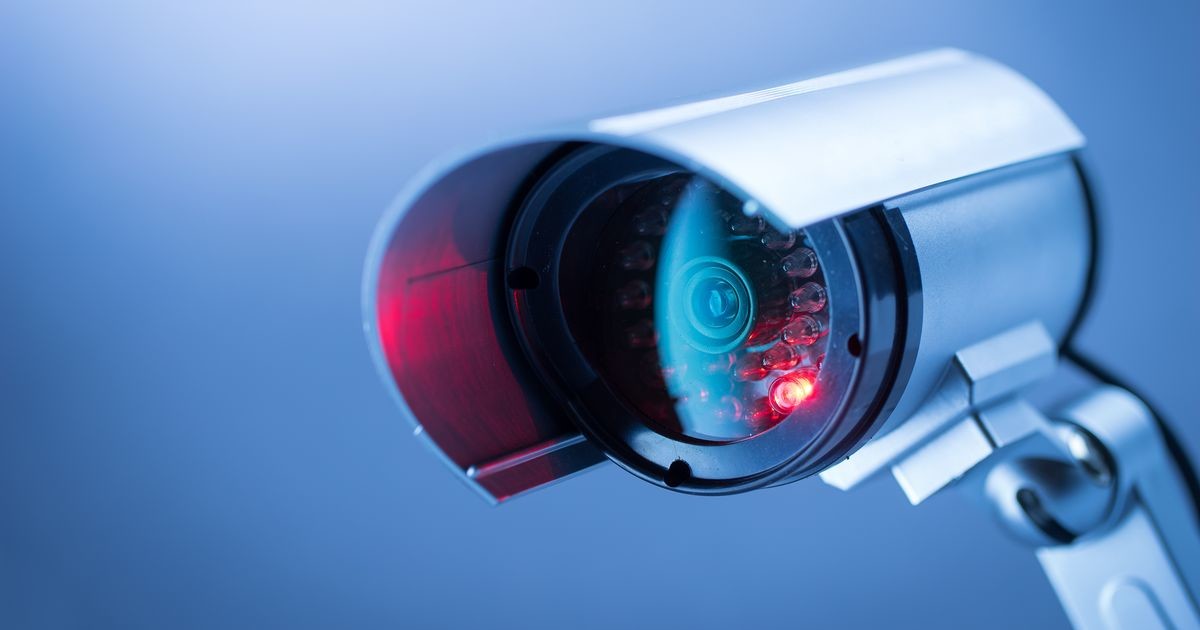
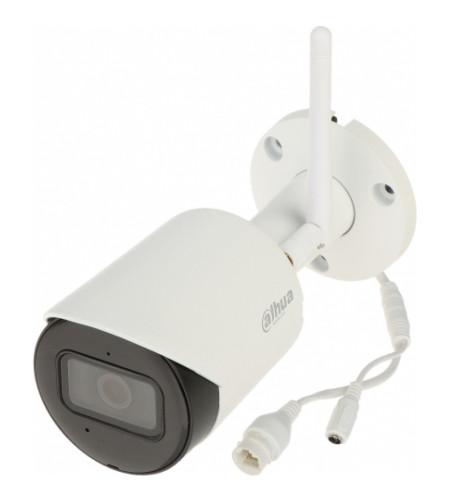
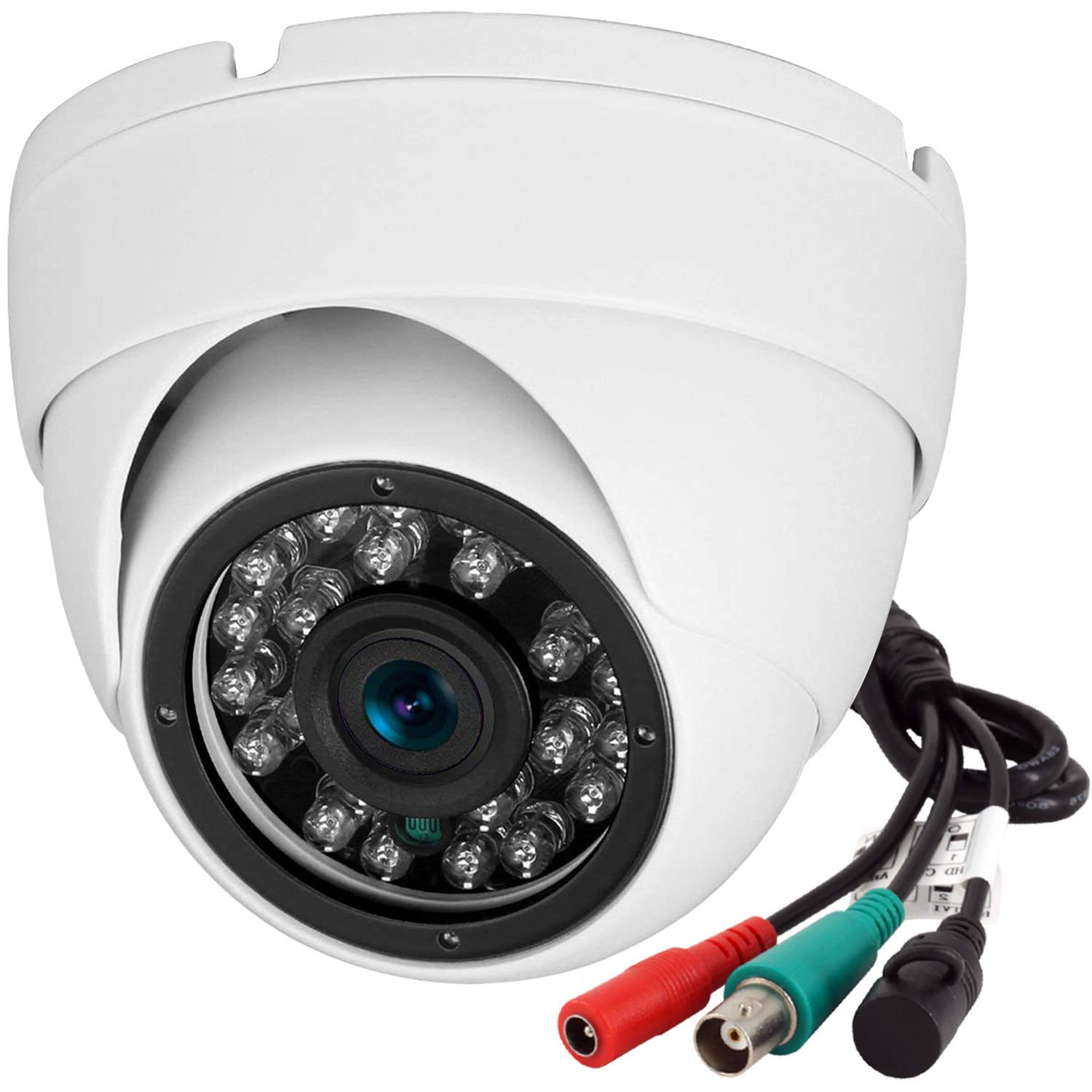
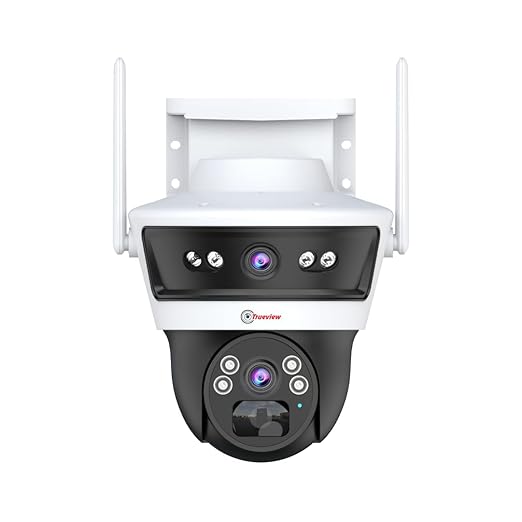
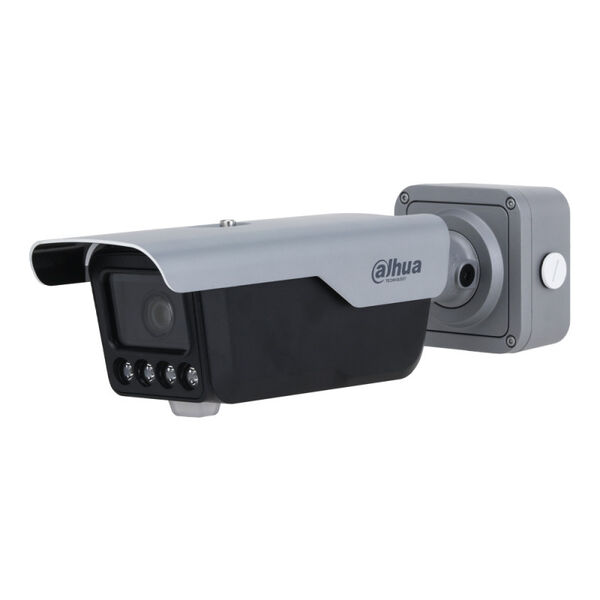

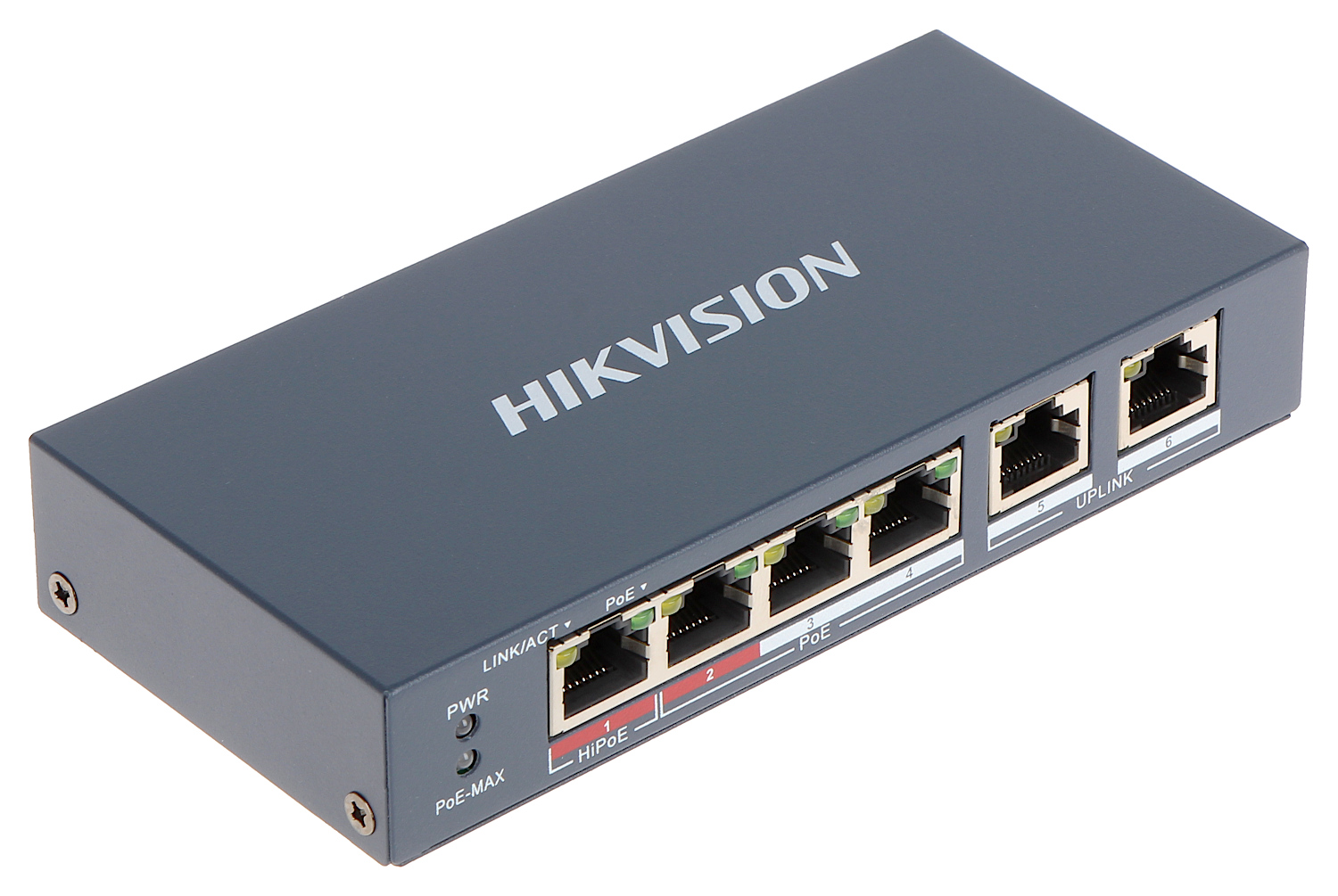
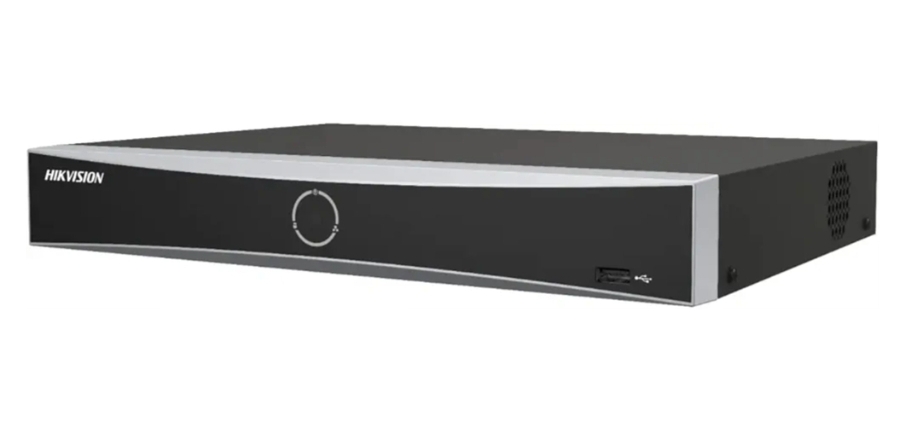
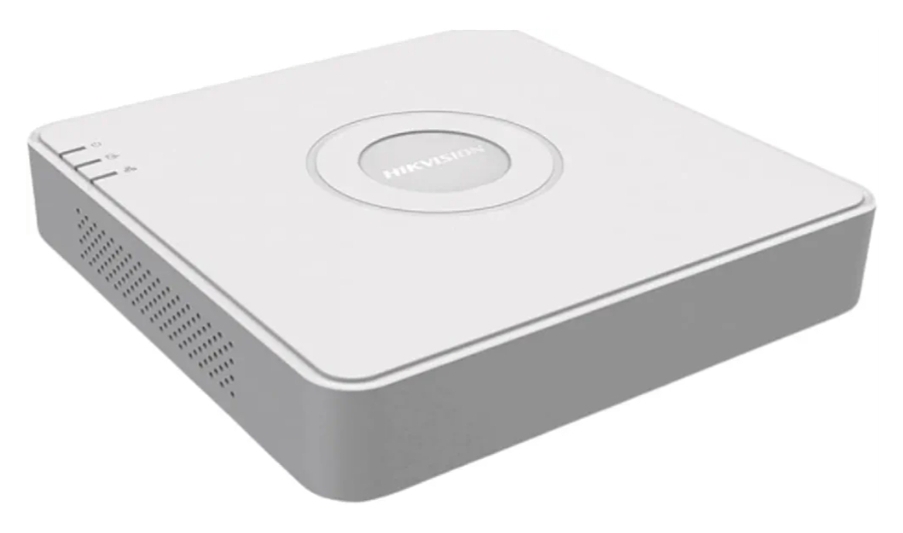





A Network Video Recorder (NVR) is a digital device that records and manages video footage from IP cameras. It provides centralized, high-quality storage with easy playback and remote access via networks.
High-Resolution Recording
Capture and store HD or 4K video from multiple
cameras for superior clarity.
Remote Access
View live feeds or playback footage anytime via mobile or
desktop applications.
Scalability
Supports multiple IP cameras, making it ideal for growing
security needs.
Easy Installation
Plug-and-play compatibility with most IP cameras for
hassle-free setup.
Motion Detection Alerts
Sends instant notifications for motion-triggered
events to enhance security.
Secure Data Storage
Offers encrypted storage options to protect sensitive
video footage.
Customizable Settings
Includes camera scheduling, resolution adjustment, and
storage management features.
PoE (Power over Ethernet) Support
Simplifies setup by powering cameras and
transferring data through a single Ethernet cable.
Integration with Smart Systems
Seamlessly integrates with smart home or
commercial security systems for enhanced control.
Long-Term Storage
High-capacity storage options and compatibility with cloud
solutions ensure reliable archiving.
This makes NVR an essential component of modern surveillance systems for both residential and commercial use.
A Digital Video Recorder (DVR) is a device that records and stores video footage from analog cameras. It is a reliable and cost-effective solution for security systems, offering real-time monitoring and playback.
Analog Camera Compatibility
Supports a wide range of analog cameras for
affordable surveillance setups.
High-Quality Video Recording
Records video in resolutions up to 1080p,
ensuring clear and detailed footage.
Live Viewing and Playback
Allows instant access to live video streams and
recorded footage.
User-Friendly Interface
Intuitive controls for easy navigation, playback, and
configuration.
Motion Detection Alerts
Triggers notifications for suspicious activities,
enhancing real-time security.
Storage Flexibility
Supports internal hard drives with large capacities for
continuous video recording.
HDMI and VGA Output
Connects to monitors or TVs for convenient viewing of
live or recorded videos.
Remote Access
Enables remote monitoring via smartphones, tablets, or PCs
using dedicated apps.
Cost-Effective Solution
An affordable option for home and small business
surveillance systems.
Multi-Channel Recording
Manages multiple cameras simultaneously, ensuring
comprehensive area coverage.
A DVR is an ideal choice for traditional surveillance systems, delivering robust and reliable video recording.
Wireless CCTV cameras, unlike traditional wired cameras, use radio frequencies (RF), Wi-Fi, or cellular networks to send video signals to a receiver (such as a network video recorder or cloud storage) instead of using cables. The term "wireless" typically refers to the video transmission; these cameras may still need power cables unless they are battery-operated.
Wireless CCTV cameras come in different types based on their features, installation requirements, and intended use:
Description: Wi-Fi cameras are the most common type of wireless cameras. They connect to a local Wi-Fi network (via a router) to send video footage to a cloud storage service or a local storage device.
High Definition (HD) Video: Many Wi-Fi cameras offer HD (720p, 1080p) or even 4K video resolution.
Remote Access: Users can view live footage and playback via a smartphone, tablet, or PC using dedicated apps.
Two-Way Audio: Many Wi-Fi cameras feature built-in microphones and speakers, enabling two-way audio for communication.
Motion Detection: Can trigger alerts based on motion detection and send notifications to the user.
Use: Popular for home and small business security, especially for monitoring specific areas like doorways, entryways, or rooms.
Advantages: Easy to install, flexible placement, and can be accessed remotely.
Description: These cameras are completely wireless, powered by rechargeable batteries. They don't require any electrical wiring for power.
No Power Cables: Ideal for areas where running electrical cables is difficult or impractical.
Portable: These cameras can be easily moved from one location to another.
Battery Life: Battery life can range from a few weeks to several months, depending on usage, camera settings, and battery type.
Solar-Powered Options: Some models come with solar panels to recharge the batteries, reducing the need for frequent charging.
Use: Perfect for temporary installations, outdoor security, and remote locations without easy access to power sources.
Advantages: Simple installation and ideal for areas without electrical outlets.
Description: Cellular cameras connect to a cellular network (3G, 4G, or 5G) for transmitting video footage. They are not reliant on Wi-Fi networks and work anywhere there is cellular coverage.
Standalone Operation: Can be used in remote areas where Wi-Fi is unavailable.
Data Transmission: Video data is sent via a cellular connection to a cloud service or server.
SIM Card: These cameras require a SIM card with a data plan for video transmission.
Wide Coverage: Can be deployed in rural or isolated locations where Wi-Fi may not be available.
Use: Ideal for rural, construction sites, farms, or remote installations where Wi-Fi isn't an option.
Advantages: Provides coverage even in areas without Wi-Fi; ideal for temporary setups or areas with poor internet infrastructure.
Resolution: Wireless cameras typically offer video quality ranging from standard definition (SD) to high definition (HD), Full HD (1080p), and even 4K resolution.
Night Vision: Many wireless cameras are equipped with infrared (IR) LEDs, enabling them to capture video in low-light or no-light environments.
Wireless cameras often include motion detection sensors that trigger the camera to start recording or send alerts to the user's phone, email, or cloud storage when motion is detected. Alerts can be customized to avoid false alarms from environmental factors like trees moving or pets.
Many wireless cameras offer cloud storage options for saving recorded footage. Cloud-based systems allow users to access footage remotely from any device with an internet connection. Cloud storage often requires a subscription or service fee, but it offers the advantage of storing footage off-site, which is secure in case of theft or damage to the camera.
Some wireless cameras are equipped with two-way audio, enabling users to listen and speak through the camera remotely. This is useful for communication with family members, delivery personnel, or even as a deterrent to intruders
Wireless cameras typically allow remote access to live video feeds and recorded footage via smartphone apps, tablets, or desktop omputers. This feature is essential for monitoring properties from anywhere at any time.
Many modern wireless CCTV cameras can integrate with smart home systems like Amazon Alexa, Google Assistant, or home automation platforms. This allows uses to control the cameras, check live feeds, or receive alerts via voice commands.
Outdoor wireless cameras are usually weatherproof (IP-rated for dust and water resistance), making them suitable for all weather conditions, such as rain, snow, and heat.
Wireless cameras are geerally much easier to install compared to wired systems. Since they don’t require running wires for video transmission, the setup can be done in a matter of minutes or hours. Most wireless cameras come with a mobile app or desktop software to guide users through the setup process.
Wireless cameras can be installed in almost any location within the range of the Wi-Fi or cellular network, offering more flexibility in placement. This is especially useful for monitoring difficult-to-wire areas.
One of the biggest advantages is the ability to monitor your property remotely from anywhere in the world using a smartphone or computer.
Wireless CCTV systems can easily be expanded by adding more cameras to the network, making them scalable for both small and large installations.
Since there are no visible wires, wireless cameras often have a more aesthetically pleasing setup. Many are compact and designed to blend in with their surroundings.
As there are no cables, wireless cmeras can be harder for intruders to tamper with compared to wired systems. This can enhance security.
Home Security: Wireless cameras are widely used in residential properties to monitor entrances, backyards, driveways, and other key areas.
Business Surveillance: Small and medium businesses often use wireless cameras for monitoring employees, protecting assets, and securing entrances.
Outdoor Security: Wireless cameras are ideal for monitoring outdoor areas, including gardens, driveways, and building perimeters.
Remote Locations: For properties or sites without easy access to power or internet connections, cellular cameras or battery-powered cameras are excellent solutions.
Vacation Homes: Wireless cameras are great for monitoring vacation homes or rental properties remotely.
A PTZ (Pan-Tilt-Zoom) camera is a type of surveillance camera that can be remotely controlled to pan (move left or right), tilt (move up or down), and zoom in or out to provide dynamic surveillance coverage. PTZ cameras are often used in applications where flexible and high-definition monitoring is necessary. These cameras are highly versatile and are commonly found in both commercial and industrial surveillance systems, such as in shopping malls, stadiums, parking lots, warehouses, and other large areas.
Pan: PTZ cameras can rotate horizontally (left and right) over a wide range, often up to 360 degrees, enabling coverage of a large area.
Tilt: These cameras can move vertically (up and down), allowing monitoring of both high and low areas. The tilt range is usually between 90 to 180 degrees.
Zoom: PTZ cameras come with optical zoom lenses, allowing users to zoom in on a specific area or object for closer inspection. This zoom function provides better image clarity than digital zoom, which simply enlarges the image without improving detail.
Remote Control: PTZ cameras are typically controlled remotely via a joystick, software interface, or even a mobile app, enabling real-time adjustment of the pan, tilt, and zoom settings.
Preset Positions: Many PTZ cameras allow users to set preset positions, which are specific angles or areas that the camera can quickly move to at the push of a button. This is useful for quickly switching between different surveillance zones or monitoring particular areas at different times.
Auto-Tracking: Some advanced PTZ cameras come with auto-tracking capabilities, allowing the camera to follow a moving object or person within its view. This feature can be particularly useful for security applications, such as tracking intruders or moving vehicles.
Resolution: PTZ cameras are often equipped with high-definition sensors that capture clear, detailed video footage. Common resolutions include 1080p (Full HD), 4K, or 5MP, which provide crisp, high-quality images. Higher resolutions are particularly beneficial when zooming in on distant objects.
Widescreen Coverage: PTZ cameras are often used in large spaces due to their ability to cover expansive areas. The pan and tilt functionality, combined with high-resolution imaging, allows users to capture a wide field of view, even from a fixed location.
Infrared (IR) Night Vision: Many PTZ cameras come with built-in infrared LEDs or IR illumination, enabling them to capture clear video in low-light or dark environments. The camera’s IR range typically extends up to a certain distance (e.g., 100 feet), depending on the model.
Low-Light Sensors: Some PTZ cameras feature advanced sensors that provide enhanced low-light performance, producing clear video footage even in poorly lit conditions without relying on IR illumination.
Outdoor-Ready: PTZ cameras used for outdoor surveillance are often built with weatherproof enclosures that protect them from the elements. These cameras typically have IP66, IP67, or higher IP ratings to ensure they can withstand rain, dust, and other environmental challenges.
Vandal Resistance: Some PTZ cameras are equipped with tamper-resistant and vandal-proof casings to protect the camera from damage or tampering, especially in high-risk areas like public spaces.